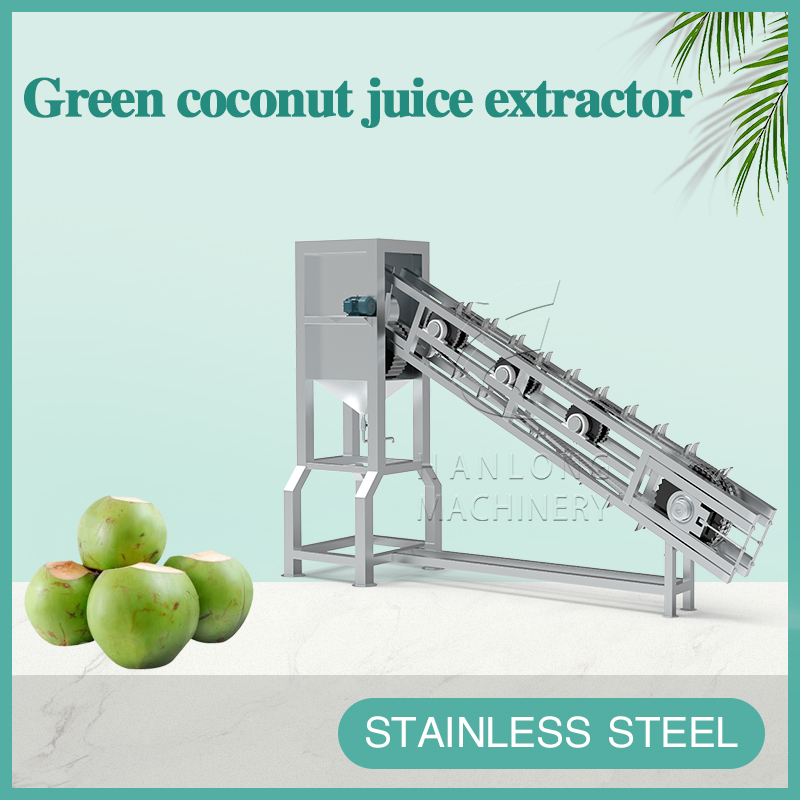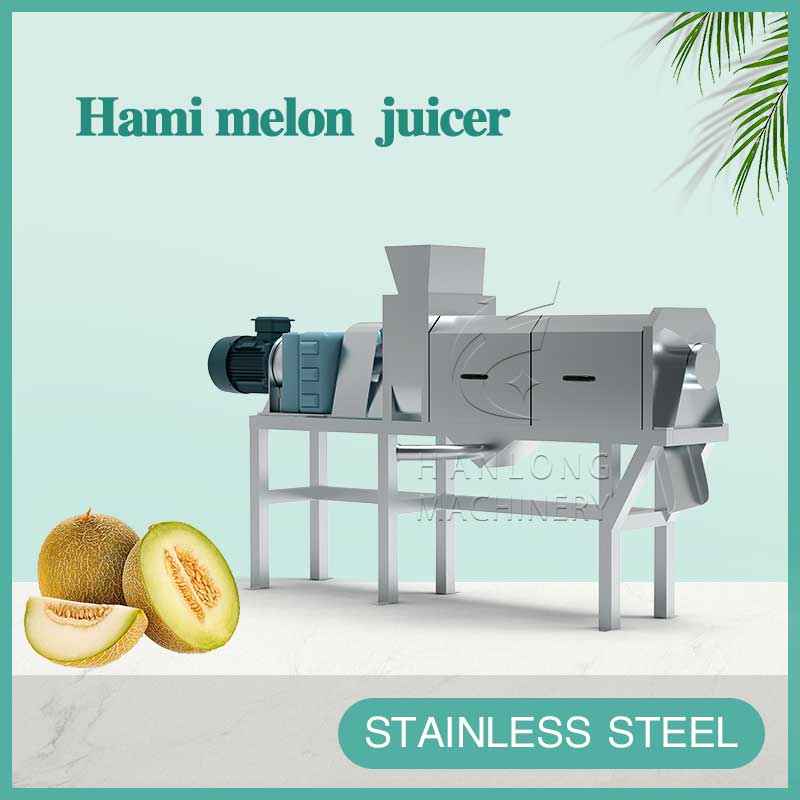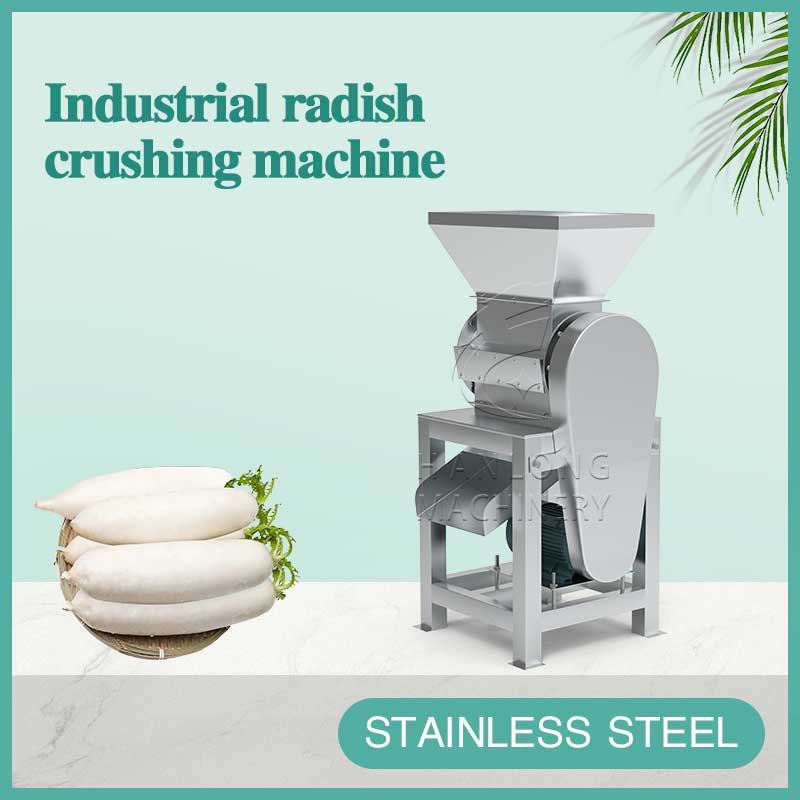| Name | Technical indexes | ||||
| Production capacity |
800-1000个/h |
||||
| Equipped with power | 2.2Kw |
||||
| Transfer speed |
22m/min |
||||
| Dimensions | 3300×820×2500mm |
||||
Coconut is palm family coconut plant, plant tall, arborescent, 15-30 meters high, thick stem, annular leaf marks, thickening base, often clusters of small roots. Petiole stout, inflorescences axillary, fruit ovoid or subglobose, fruit cavity containing endosperm (i.e. "pulp" or kernel), embryo and juice (coconut water), fruit and fruit mainly in autumn. Coconuts are native to southeast Asia, Indonesia and Pacific islands. They are cultivated in the southern islands of Guangdong and Leizhou Peninsula, Hainan, Taiwan and southern tropical areas of Yunnan.
Structure of coconut
The coconut, like the palm nut, is the fruit of the coconut tree, which also consists of the skin and seeds.
Exocarp: leathery, thin and smooth, dense in texture, good water resistance.
Mesocarp: A thick, spongy layer of fibre that helps to cushion the coconut when it falls from a high place.
Endocarp: Coconut shell, bony, hard and resistant to deformation.
The endocarp further inward is the seed of the coconut. It consists of seed coat, embryo and endosperm. The seed coat is attached to the inside of the endocarp, and the white coconut flesh around the seed coat is the endosperm.
However, the coconut we eat at ordinary times did not see the endosperm ah, when it is not developing where?
Beneath one of the three holes at the base of the coconut, it's off-white, about the size of a grain of rice, and goes unnoticed.
When the embryo begins to develop, roots and buds grow outwards and haustoria grow into the fruit lumen. Enzymes secreted by the haustorium break down the nutrients in the coconut meat and water for the seedlings to grow.
During this time, the water resistance of the seed coat protects the coconut. During this time, the water and flesh (endosperm) of the coconut continue to nourish the embryo and keep the seed alive until it meets a suitable beach to take root.
As soon as the temperature is right, the embryo will begin to develop, the embryo will gradually become larger, and the coconut will gradually become a new coconut tree.
How did the coconut water get into the coconut?
Water is transported from the soil through the roots and trunks, and then through the seed coat of the plant fibers, like veins, into the seeds, through the coconut flesh (solid endosperm) seepage, because the endocarp and seed coat are very waterproof, the SAP slowly accumulated in the coconut. Coconut water is the essence of the coconut tree, the color is almost transparent, rich in various amino acids, vitamins and minerals, is a natural pollution-free drink. Natural coconut water before the formation of coconut meat, fruit taste sour, after the formation of coconut meat (7-8 months after pollination) coconut water content is high, sweet, mature taste becomes weak, fat and mineral content increased.




